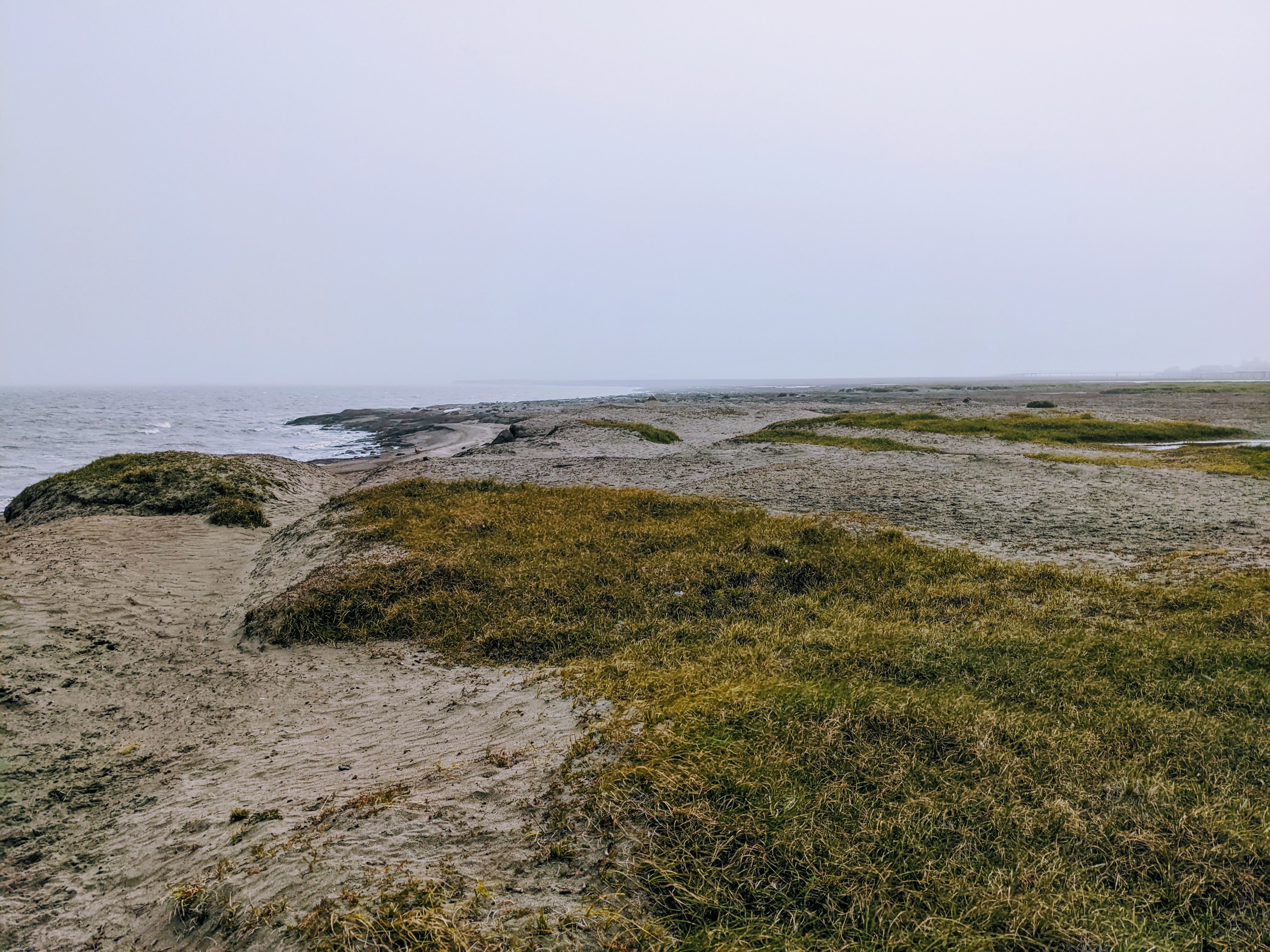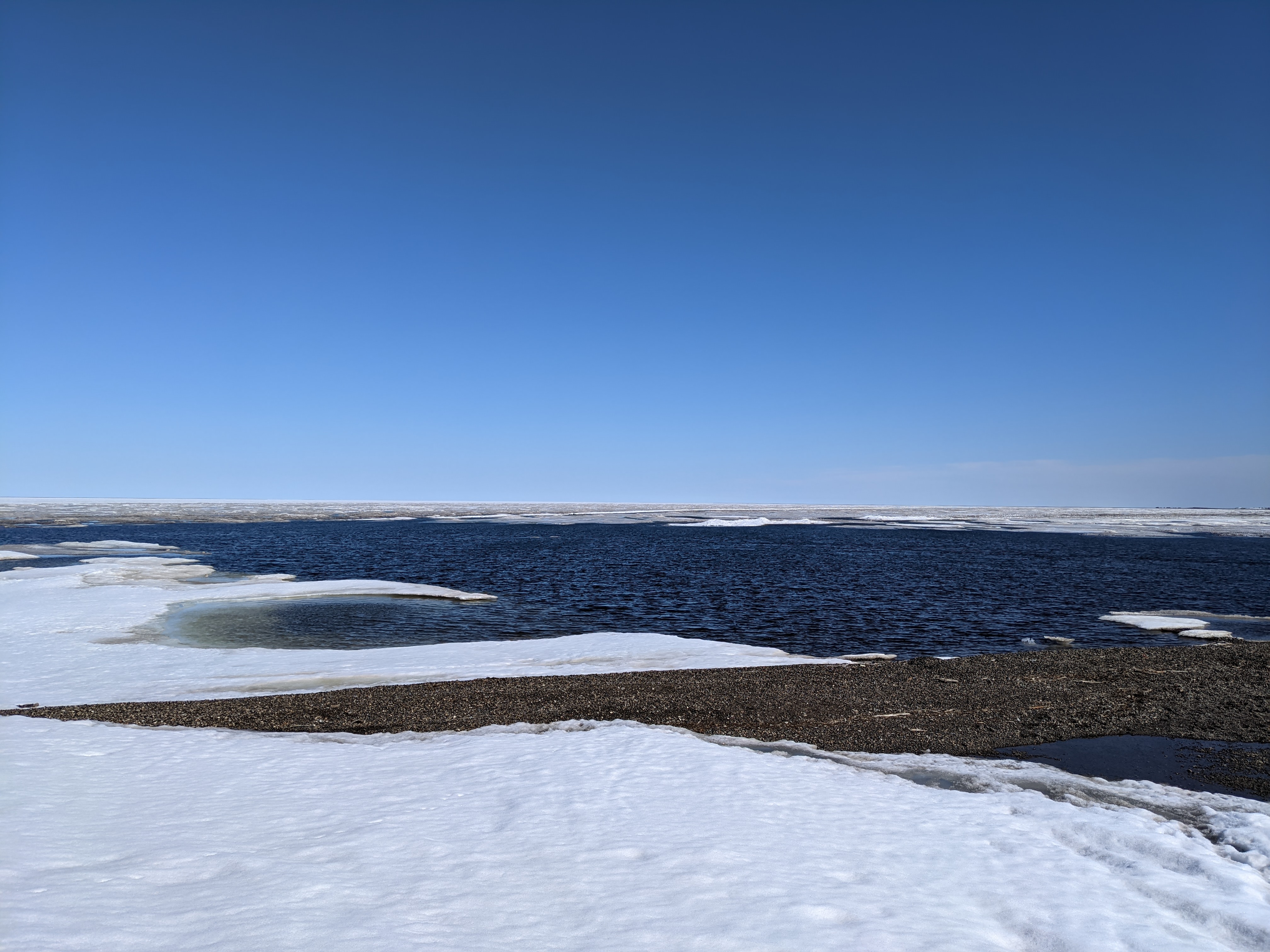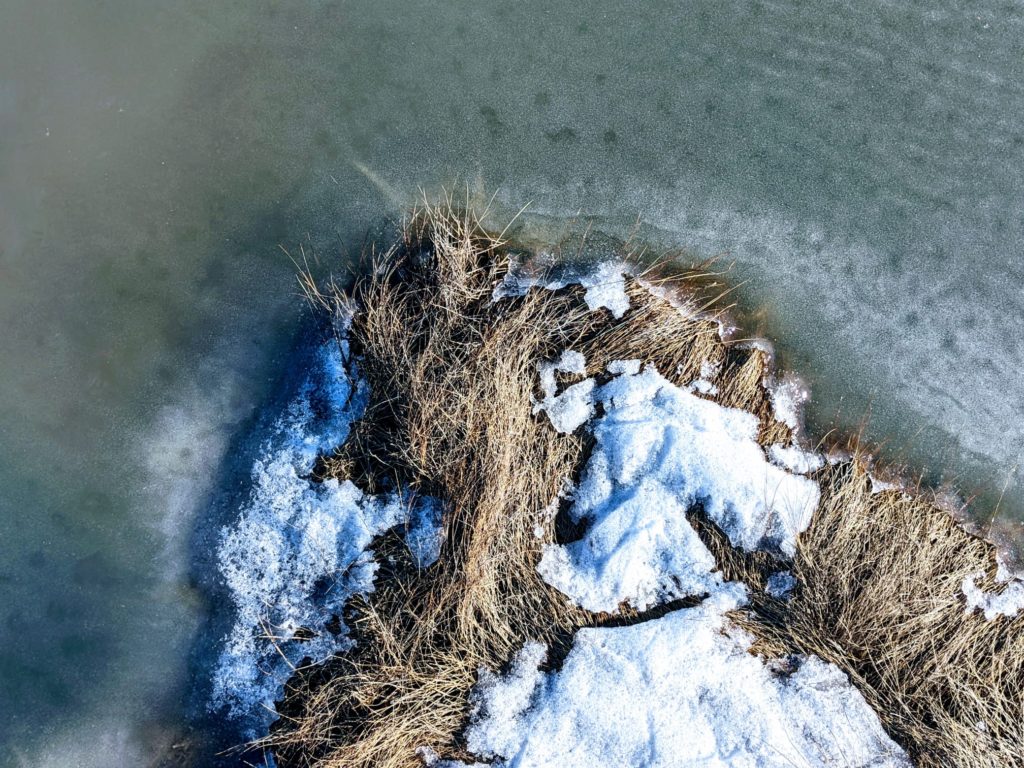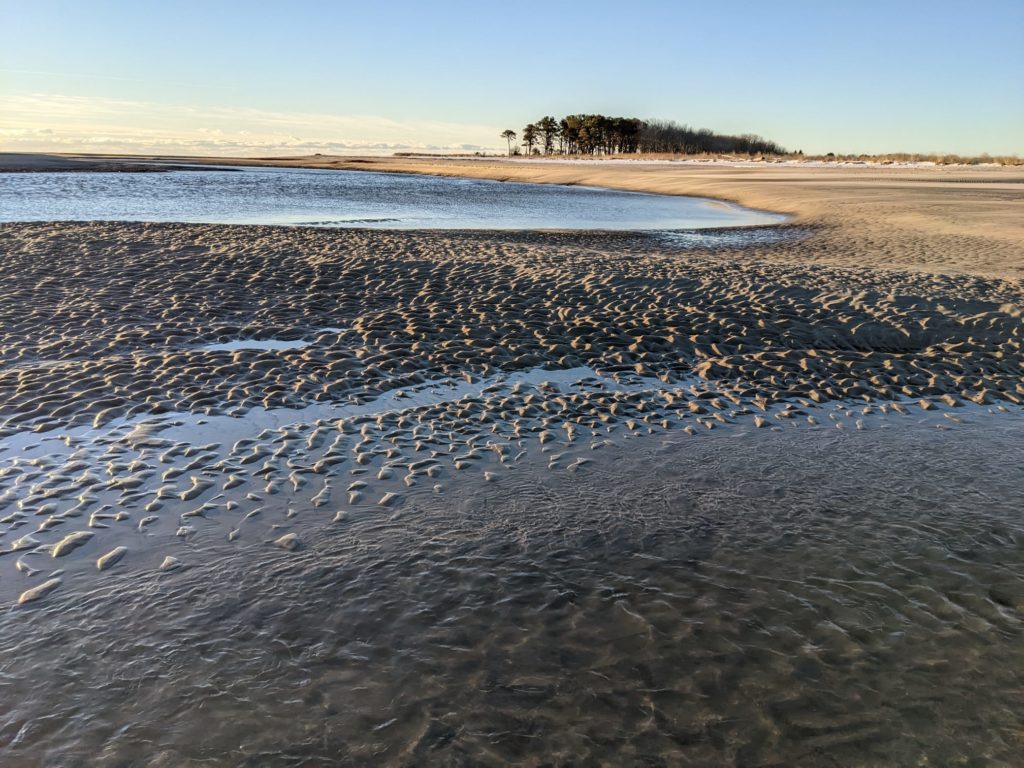Research
Unraveling groundwater dynamics along temperate and polar coastlines.

Saltwater intrusion into coastal ecosystems and aquifers

Hydrological-biogeochemical links and feedbacks with climate change

Coastal groundwater-surface water exchange
Current projects
Understanding impacts of cold-season coastal wetland hydrology and freeze-thaw dynamics on lateral carbon fluxes
Funding: NSF Earth Sciences Collaborative Research (NSF-EAR-2342823)
Cold-season hydrological dynamics and biogeochemical processes have seldom been evaluated in salt marshes, preventing accurate estimates of local and global carbon outwelling. The goal of this project is to better understand cold-season freeze-thaw processes, groundwater flow dynamics, and lateral carbon export in North Atlantic salt marshes.


Drivers and Biogeochemical Implications of Saltwater Intrusion Along Arctic Coastlines
Funding: NSF Office of Polar Programs (NSF-OPP-2316039)
Sea-level rise and storm events push saltwater landward (i.e., saltwater intrusion), driving changes in the chemistry, ecology, and greenhouse gas fluxes of terrestrial ecosystems. Present knowledge of the drivers and impacts of saltwater intrusion is based on temperate and tropical environments. Little is known about saltwater intrusion along Arctic coastlines where permafrost underlies coastal ecosystems. In this study, we investigate the drivers of coastal Arctic saltwater intrusion and the impacts of saltwater intrusion on porewater chemistry and greenhouse gas fluxes along Alaska’s Beaufort Sea coast. This work will provide baseline understanding of the physical, biological, and chemical processes occurring along rapidly changing Arctic coastlines.
Global High-Resolution Estimates and Projections of Vertical Land Motion Using Observation-Informed Statistical Model
Funding: Department of Defense
The overarching goal of this project is to develop a statistical model that integrates a range of observational data, including groundwater level data, to improve estimates and projections of vertical land motion (VLM) at DoD installations along the U.S. East Coast and at a global scale. The adopted approach will leverage and expand a mature statistical technique that is designed to incorporate disparate sources of observational data and model output to produce rates and robust uncertainty estimates of VLM.
